A photo safari to Africa is unlike anything else you’ll ever experience, so you’ll want the right cameras and lenses with you. Here’s a short checklist of things to keep in mind, and a detailed list of recommendations to fit any budget, from a super-low $700 to the sweet spot of $5,000 to sky-high five-figure plans.
Checklist
1. Bring two cameras.
In addition to the obvious telephoto lenses for close-ups of the wildlife, bring a general-purpose camera that includes a wide angle option. This way you can capture the stunning landscapes, and, if you’re lucky, the context of animals that get close.
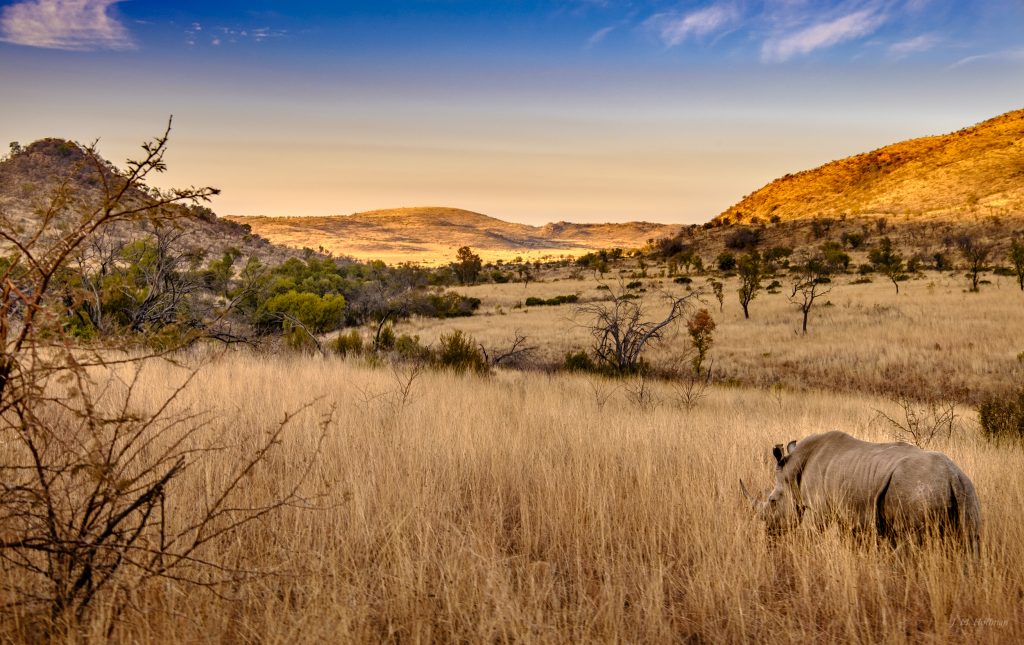
You don’t want to change lenses on a game drive. And that’s not just because of the ubiquitous dust. You don’t want to risk having the wrong lens on your camera when you finally glimpse an animal you’ve spent hours tracking.
If your budget or suitcase size prevents you from bringing a second body, consider upgrading your phone if it doesn’t already have a great camera. In this regard, it’s hard to beat the amazing, and amazingly priced, Google Pixel 3a. (Read more here.)
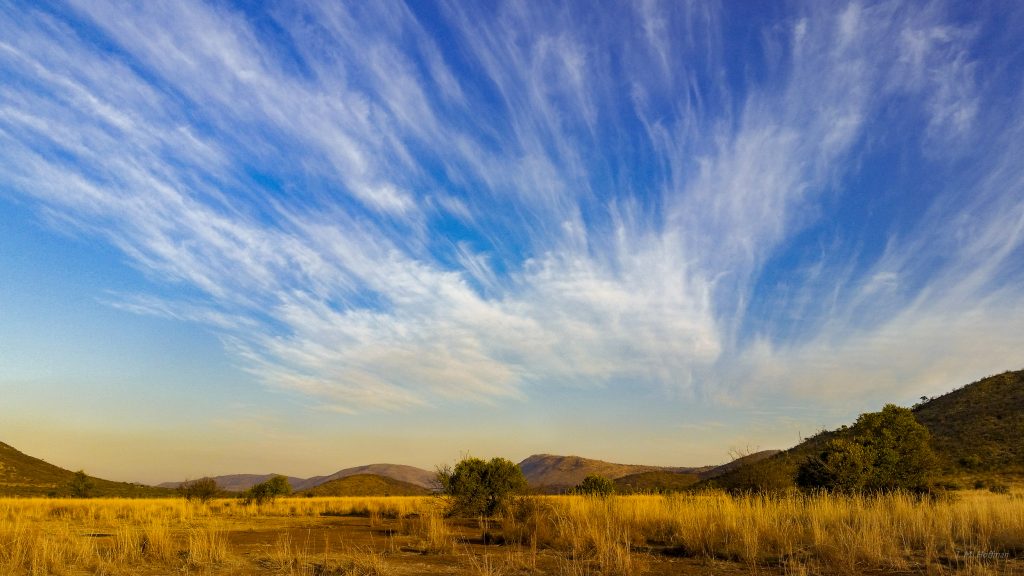
2. Bring a good telephoto lens.
The key here is “good.” Don’t just look at the zoom range.
For instance, Tamron and Sigma both make 150-600mm lenses that you can pick up for under $1,000. But Canon’s 100-400mm Mark II will actually give you more reach than either one, even though it tops out at a “mere” 400mm. By that I mean that if you take the same photo at 600mm with one of the cheaper lenses and at 400mm with the Canon, and then crop the Canon image 1.5x, you’ll still have more detail in your shot with the Canon, despite the loss of quality from cropping.
There’s nothing wrong with the Sigma and Tamron lenses. Just don’t think that they get you closer to the animals than Canon’s 400mm lens.
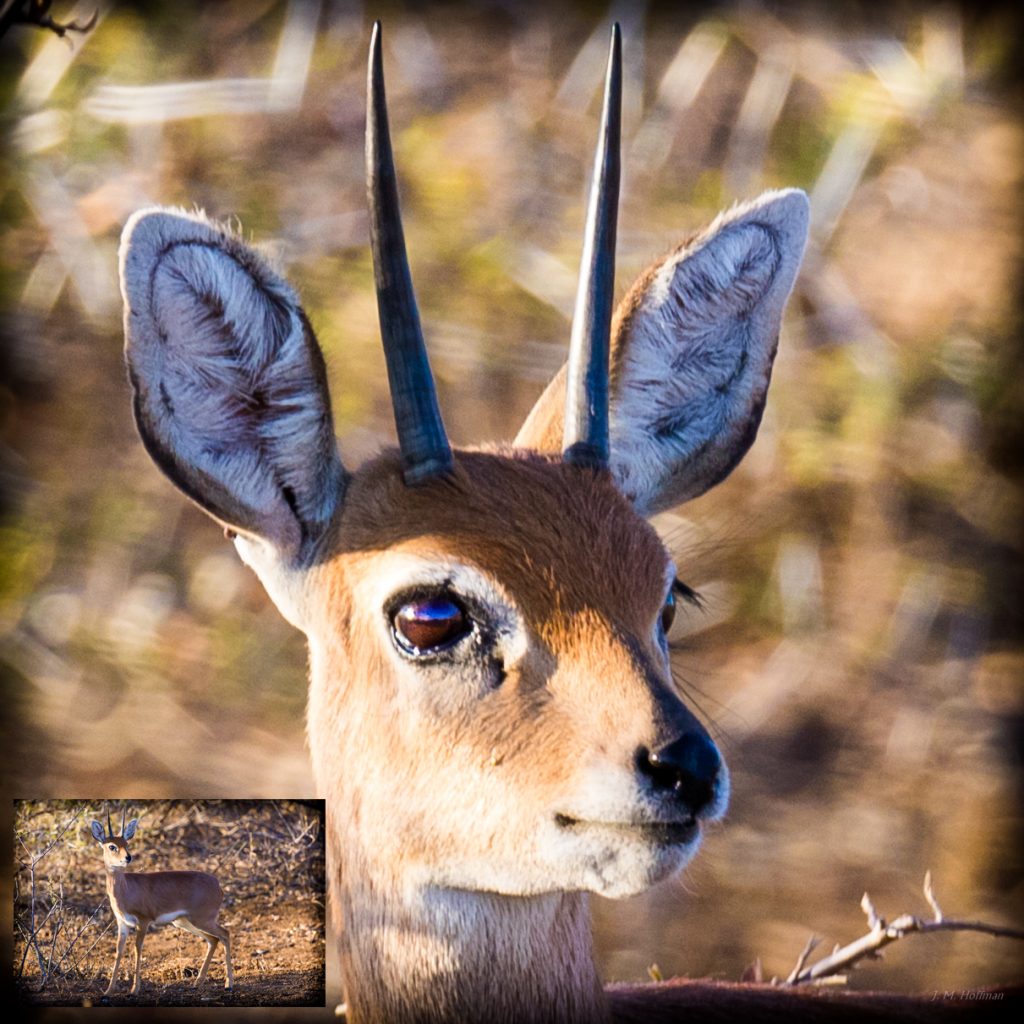
For similar reasons, a teleconverter probably won’t be useful. You’ll think you’re getting closer. But you’re not.
In general, 150-600mm (equiv.) is a great range, though you can never have too much reach.
3. Practice with your equipment.
Especially if you buy new equipment for your trip, don’t wait until you get to Africa to learn how to use it. My recommendation is to plan for a couple trips to a zoo. It’s not the same, of course. But you’ll get used to shooting moving animals.
When you get back, ask yourself if you missed any shots because you were fumbling with your equipment, or if you ever accidentally dialed in the wrong settings. And while you’re at it, what about your results? Did you nail focus on the eyes (almost always key)? Do you like the depth of field? Which autofocus settings worked best?
Then go back and try again.
4. Experiment with different settings.
Most modern cameras offer sky-high ISOs, and it’s temping to use them — especially because that way you can get fast shutter speeds to stop action and wide apertures for beautifully narrow depth of field. But you pay a price when you up the ISO.
In fact, my biggest mistake on my first safari was prioritizing high shutter speeds over low ISOs. I was still using the antiquated reciprocal rule, even though modern stabilized lenses and bodies often let you get a great shot at surprisingly low shutter speeds.
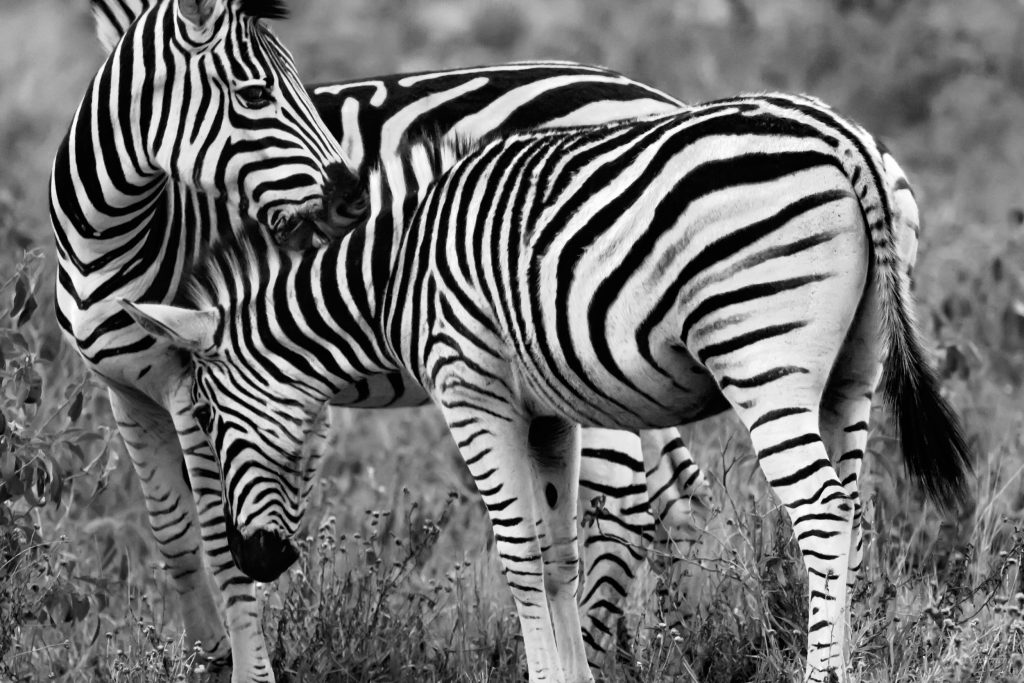
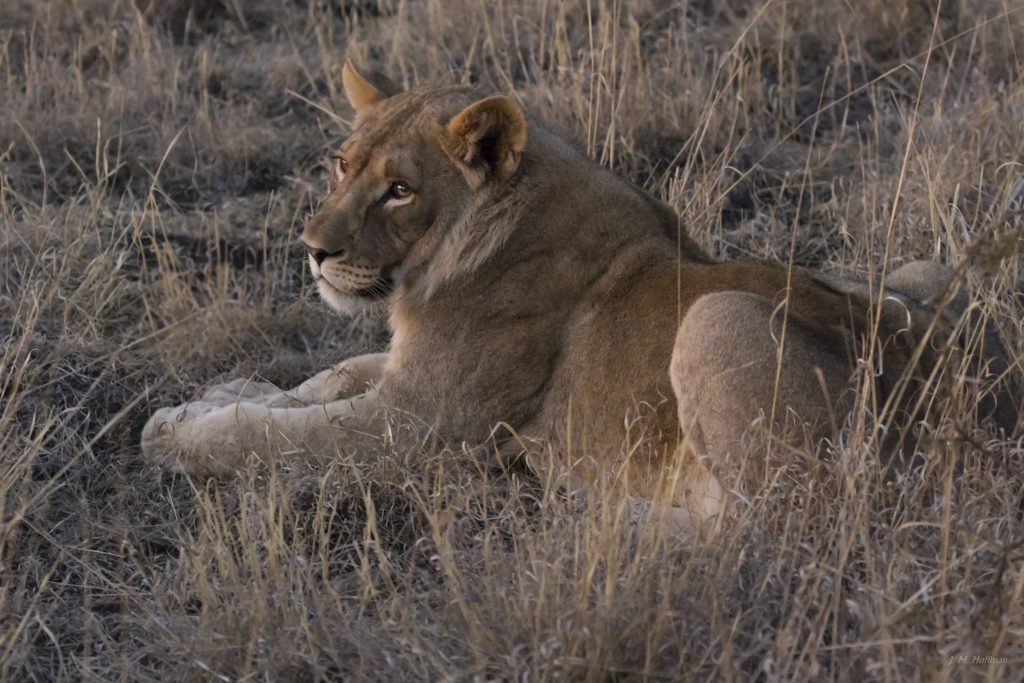
This is another reason to try things out at a zoo. Take a few shots at full zoom and, say, 1/800sec at ISO 2000. Then try 1/400sec at ISO 1000, 1/200sec at ISO 500, all the way down to 1/50sec and ISO 125. Which shots came out best?
Do the same thing for the really high ISOs to see how high you can go.
Now, with those four things in mind, here are some specific recommendations.
Equipment Recommendations for Any Budget, Part 1: Telephoto
Your first goal is finding the right telephoto equipment, to zoom in on animals. Here are five options.
1. The Sweet Spot: $3,500
While the Nikon D850 (which I describe next) is currently the most versatile body you can purchase for wildlife, Canon and Nikon both make less expensive models that come pretty close. On the Nikon side, you want the Nikon D500 with Nikon’s 200-500mm f/5.6 lens. With Canon, go for the Canon 7D Mark II with Canon’s 100-400mm Mark II f/4.5-5.6lens. Either way, you’ll spend about $3,500 — perhaps a bit less with Canon — and wind up with a truly superb setup.
2. The Stretch: $5,000
Short of a $10K+ super-tele (keep reading), the best wildlife telephoto combo currently on the market doesn’t cost all that much more than the combinations above. It’s the Nikon D850 with the same Nikon 200-500 f/5.6 lens, and together it runs around $5,000. The Nikon D850 is a full-frame high-megapixel-count camera, so you’ll get the full range of your lens. The Nikon D850 also has such good resolution in the middle of the frame that if you crop down, you’ll get results as good as what you’ll get from the D500. So you get the best of both worlds, in addition to incredible autofocus along with too many other features to list here.
3. Budget: $1,200
You don’t have to spend big bucks to get dynamite photos. Sigma makes a 100-400mm f/5-6.3 lens (their “contemporary” lens) that runs about $700. Available for both Canon and Nikon, it falls short of those two companies’ pro-grade lenses, but if you can fill the frame, you’ll still be very happy with the results. Add an entry level Nikon like the D3400, and you can have a great telephoto setup for about $1,200, all in. Or go with the more advanced D7200 for about $400 more. (You’ll get the same image quality from both bodies, but the more advanced focusing and faster burst rate on the D7200 will be to your advantage.)
4. Super Budget: $700
Even if you’re on a tight budget you can still take amazing photos. The excellent Panasonic FZ1000 all-in-one comes in at $600 and offers an equivalent zoom range of 28-400mm, so you won’t even need a second body. Add in a memory card and extra battery and your total will be about $700. Despite the low price, the quality of the images from the FZ1000 is surprisingly good. (Read more: Can You Tell The Difference? Wildlife Cameras.) The really big downside is the electronically operated zoom which will slow you down significantly and make it more difficult to frame your shot. Still, the FZ1000 is up to most tasks. (There is a Mark II version of the FZ1000, but it will run you $900, so if you’re trying to stretch your dollar, save the $300.)
5. Money’s No Object: $18,000
If money’s really no object, you’re looking at five figures for a super-tele lens, like a 500mm or 600mm f/4 stabilized lens. Canon and Nikon both make them. Most people opt for Canon, but it’s hard to beat the Nikon D850 body, so if you’re starting from scratch you might want to go that route. Either way, don’t forget to plan for the weight, as these lenses weigh as much as a newborn baby. The D850 is a bargain at $3,300, but you’ll also want the battery grip for it, so add in a few hundred more, plus memory cards and extra batteries. And with a lens this good you might be able to take advantage of a teleconverter, too. Call it $18K by the time you’re done. (Or $30K, if you can’t decide between the 500mm and 600mm and decide to get both — at which point you might want to budget for a chiropractor, too.)
Equipment Suggestions for Any Budget, Part 2: General Purpose
Now that you’ve chosen your telephoto equipment, it’s time to find a general-purpose camera. For this you have many more good options from a wide variety of brands, and almost anything you choose will get the job done well. Here are a few suggestions if you can’t decide:
1. The Sweet Spot: $1,700
Fuji is my favorite line of cameras. And for walking around, it’s hard to beat the Fuxj X-T20 with 18-135mm lens, for a combined cost of $1,600 plus accessories. (As an added bonus, Fuji’s electronic viewfinder — as with many mirrorless cameras — is the next best thing to having night vision.) But tastes vary. A lot of people prefer Sony’s line. Some people don’t like mirrorless cameras. Others insist on a full-frame sensor. You might want something really tiny. Or 27mm (equiv.) might not be wide enough for you.
Another way to go is to double up on what you already have, with two Canon or two Nikon bodies, so you’ll have a second body as a backup in case your main body fails. An additional upside to doing so is that you have a wide range of lens options. The downside is that you’ll be hard-pressed to find a lens like the Fuji 18-135 (27-200mm equiv.) with the same quality. Curiously, the Canon and Nikon options come in either a few hundred dollars cheaper or a few hundred dollars more than the Fuji.
2. The Stretch: $2,300
Again, my preference is Fuji, so if you can swing it, my recommendation is to get the Fuji X-T3 with the same superb 18-135mm lens for about $2,300, once you add in memory cards and batteries. But you have lots of other options at similar price points.
3. Budget: $700
If you’ve already decided on a budget dSLR with the less expensive Sigma lens, you still need something for landscapes and general-purpose photography. One good option is the Panasonic FZ1000 all-in-one, which will serve you well in a variety of settings. Or go with a basic Canon/Nikon body and kit lens. (I have some suggestions here: Buying Your First Real Camera: Five Suggestions Based on What You’re Looking For.)
4. Super Budget: $0
If you chose the Panasonic FZ1000 for your telephoto camera, you’re all set. You don’t need anything else. This is why it’s the super-budget option. But you’ll still be well prepared for anything you encounter.
5. Money’s No Object: $2,300
Even with an unlimited budget, my recommendation for a general-purpose camera is the Fuji X-T3 with 18-135mm lens, but if you want to spend more, knock yourself out.
Conclusions
The combined totals for a safari combination come in as follows:
- Sweet Spot: $5,200
- Stretch: $7,300
- Budget: $2,000
- Super Budget: $700
- Money’s No Object: At least $20,000
Of course you can mix and match. If you don’t have $5K, you might opt for the telephoto sweet spot and a less expensive general choice, for example; or, depending on your preferences, go the other way.
You also might consider renting equipment. The dazzling 600mm f/4 lenses can be rented for two weeks for about $1,000 (including insurance, but not including a body). For half that you can rent a Nikon D850 with 200-500mm lens.
Perhaps the most important thing to keep in mind is that all of these cameras can give you great results, and none of them will guarantee great results. The super-tele lenses with their super high prices offer much better image quality than the less expensive options, and the sweet-spot cameras do a better job than the all-in-one Panasonic. But in the end your results will be determined primarily by imagination, technique, and opportunity.
For example, it wasn’t the Canon 5D Mark IV or the 100-400mm lens that gave Jayaprakash Joghee Bojan his winning 2017 National Geographic wildlife photo: “Face to Face in a River in Borneo.” It was his “waiting a day and night near” where he thought an orangutan might cross a river, and then wading “into the water so [his] boat did not scare the primate” before choosing the right settings and framing.
So buy what you can afford, and then spend as much time as you can on your African safari.
It will be magic.
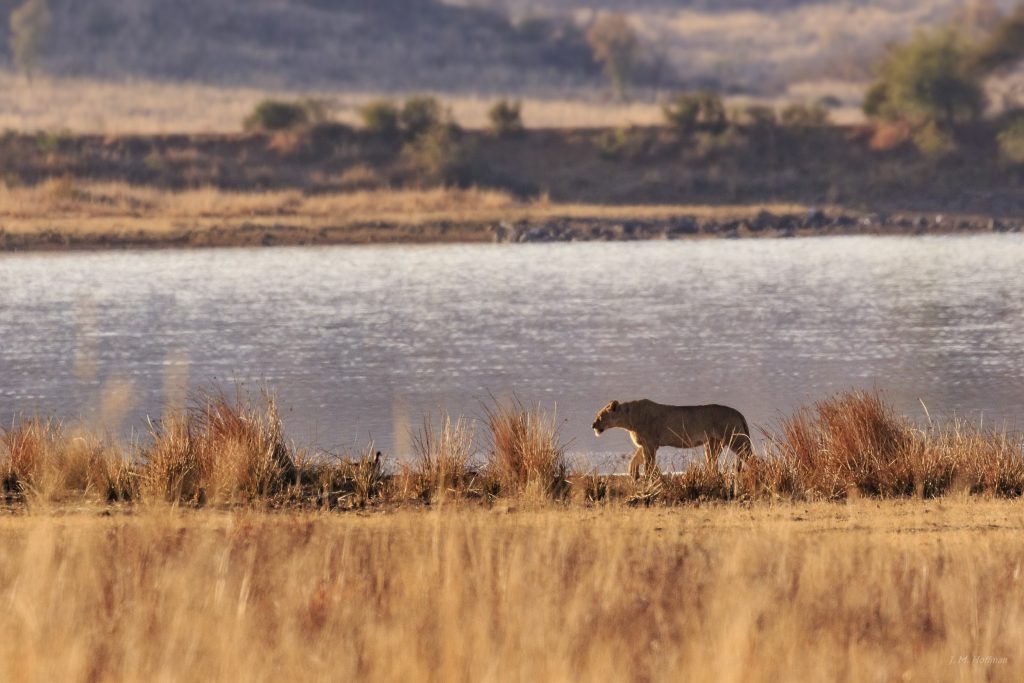
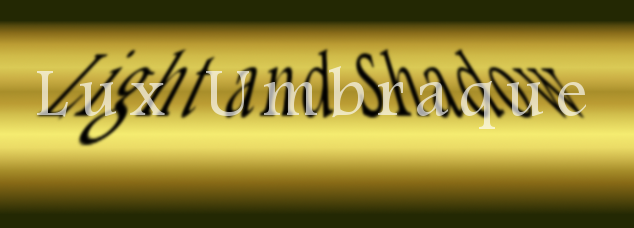



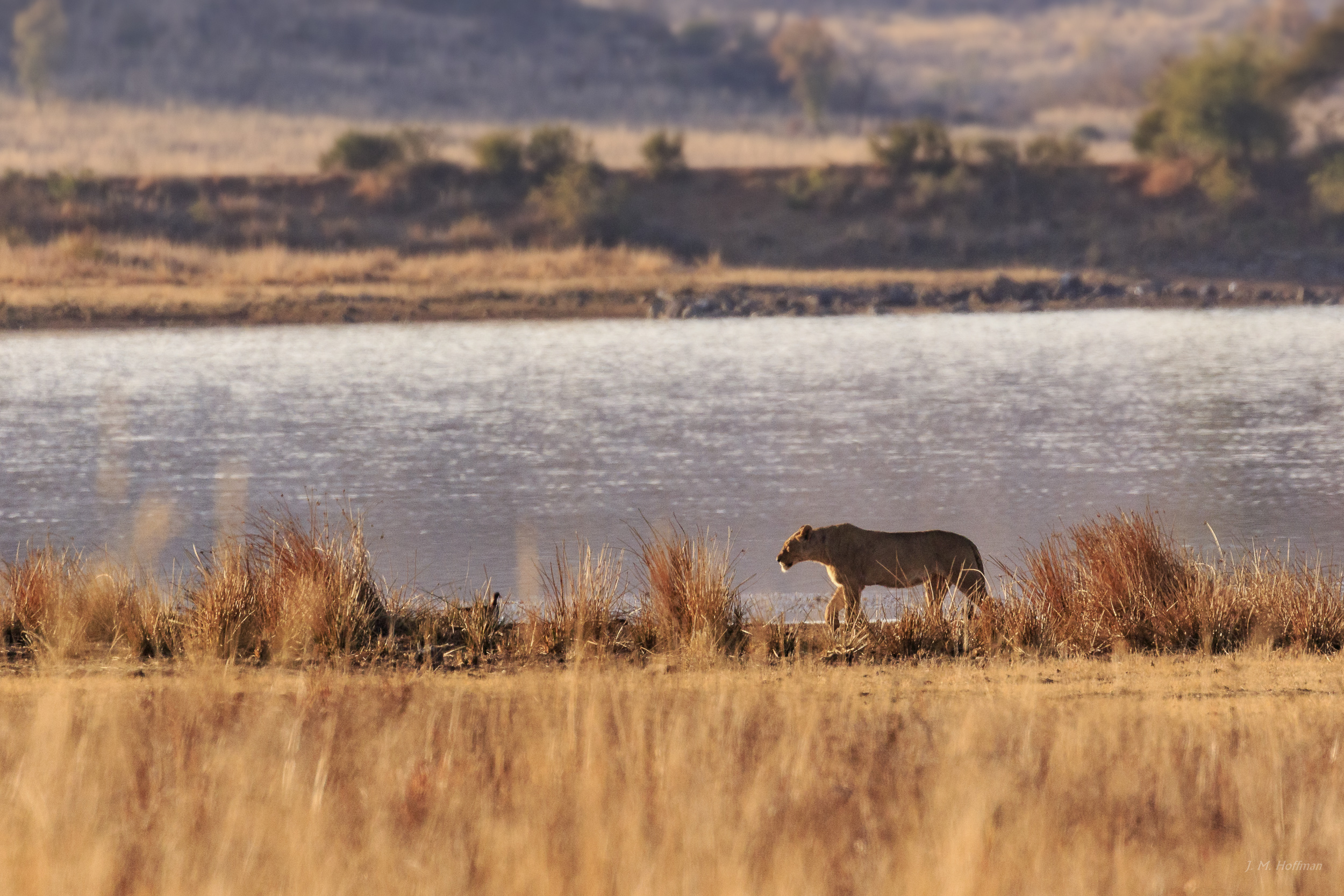







6 thoughts on “Choosing Cameras and Lenses for a Fantastic Photo Safari to Africa: A Complete Guide”
Great article!
I spend about 2 months per year on safari in Africa with my beloved combi Canon 7DMkii/100-400Mkii and 6D/70-200. This covers all of my needs.
But now I am going to live for 4 weeks in the Okavango Delta under the most basic conditions, with a lot of walking and boating.
Taking my two ‘babies’ along is out of the question. Therefore I am considering buying a bridge camera, 1″ sensor, good zoom (min. 24x), if possible weather-sealed, nor too heavy nor bulky. I checked all the cameras on the market, but cannot decide (the RX10 IV is just huge!).
Would really appreciate your input!
Thanks a lot in advance,
Karina
So jealous that you spend 2 months a year on safari!
Short answer: If you don’t bring your Canon 7Dii/Canon 100-400 combo, you’re going to sacrifice quality. No way around it. And if you demand weather sealing, your options are pretty limited. You want (a) a Sony all-in-one; or (b) maybe, if you can put up with the size, a mirrorless. (A third option is the Sony Cybershot VI. Even though it tops out at 200mm, it’s truly tiny, and the auto-focus is fast enough for wildlife.)
Longer answer: An all-in-one is a great option, and normally I would recommend the . You won’t get quite the same quality as you do from you Canon setup, but it will be better than you think:
As a bonus, your all-in-one will also serve as a general travel camera, while with the Canon setup you’ll need something else for normal and wide-angle shots.
I see from you other comment that you’re unwilling to take the hit in image quality, but you may not have a choice. And you really can get some great shots with the Panasonic.
The weather sealing is an issue though, because the Panasonic isn’t weather sealed. Your only good option for a weather-sealed camera with a 1″ sensor is Sony, and those are expensive and large. But they do out-perform the Panasonic a little bit.
If you can manage the size, your other option is a Fuji mirrorless. If you can afford it, go for the Fuji X-T3 body and Fuji 100-400mm f/4.5-5.6 lens, both of which are weather sealed. But the lens isn’t small. Also keep in mind that you’ll need lots of batteries for the Fuji.
And if you get the Fuji, you’ll still need something for normal and wide-angle shots.
Or you can bite the bullet and get a pocket camera. The Sony Cybershot VI is tiny and has great auto-focus. But it tops out at 200mm.
In short, you can’t bring a smaller camera and get the same quality as the Canon setup. You have to decide what compromise to make.
Whatever you decide, now’s the time to invest in a phone with a great camera. I recommend the Google Pixel 3. It won’t help with you distant wildlife, but it’s wide-angle shots are stellar. And it’s weather sealed.
Good luck — and I’d love it if you report back here with a few photos!
Hi, just read your wildlife camera comparison. Great stuff again!
And already answered my initial question: there won’t be a bridge camera for me on safari.
Just not good enough after my 7Dmkii/100-400
It’s tricky. I just left you some detailed suggestions in response to your first comment.
Thank you so much for your insights!
I am now considering the Eos 800D, which seems to have a fast AF. It’s quite small and lightweight and I could use all my lenses later on.
For the trip to Botswana I could take my Sigma 18-300, which is quite good (but not fabulous). Of course this combi is not weatherproof (but hey, there are plastic bags).
As this will not be a phototrip (but training to be a field guide), main focus is on ‘memory’ shots. I will of course take my combi 7D/100-400 as ‘back-up’.
Changing to mirrorless is a way I might not yet be ready to go.
I will post some pics after the trip!
Hmm. Nothing wrong with the 800D. But I’d be surprised if the Sigma 18-300 gives you any better results than the Panasonic FZ1000.
The Sigma will at least give you manual zooming, which is much, much better than the electronic zoom on the FZ1000 (and every other all-in-one camera), but I wonder if it’s worth it. Particularly if your goal is “memory” shots, the FZ1000 is just about perfect. And it’s the kind of thing you can easily give to someone else.
Another option is the much better (and larger and more expensive) Canon 28-300 L lens. You’ll love the image quality, even though it falls short of the truly amazing 100-400 Mark II. And it’s weather sealed. You can pick one up used, or rent one. But at 28mm, it won’t give you wide-angle shots on a crop-sensor body.
For the wide-angle stuff, consider a phone. The Google Pixel 3, in particular, is good enough for most purposes. And its Night Sight will be better in the dark without a tripod than the 800D.